Polycystic Ovarian Syndrome Differential Diagnosis
Polycystic ovarian syndrome differential diagnosis. Differential Diagnosis I. The syndrome is heterogeneous clinically and biochemically. Figure 1 19 provides an algorithm for the workup of select presentations.
Raised androgen levels with or without symptoms. The diagnosis is straightforward using the Rotterdam criteria even when the syndrome is associated with a. Ovarian hyperthecosis Congenital adrenal hyperplasia late-onset Drugs eg danazol androgenic progestins Hypothyroidism Patients with menstrual disturbances and signs of hyperandrogenism Idiopathic hirsutism Familial hirsutism.
Also with the varied manifestations of the disorder a patient may present to any one of several providers. Polycystic ovary syndrome is the most common endocrinopathy among reproductive-aged women in the United States affecting approximately 7 of female patients. However several other endocrine disorders can closely resemble PCOS.
It is important for practitioners to recognize and distinguish PCOS from other disorders in its differential. The presence of clinical or biochemical evidence of hyperandrogenism is a defining feature of polycystic ovary syndrome PCOS. They are defined as an ovarian volume of 10 mL or an increased number of antral follicles 18.
Hypothyroidism may present with increased serum prolactin levels increased estriol in women anovulation and menorrhagia Thorton et al 2015. It is suspected that total ovarian volume may be more reliable. Because the symptoms of PCOS can mimic those of other conditions doctors need to methodically exclude all other causes before a diagnosis can be made.
An internist family. Oligomenorrhoea or amenorrhoea is. There are 3 principal features of the syndrome including hyperandrogenism ovulatory dysfunction and polycystic ovarian morphology.
Differential diagnosis of hyperandrogenism in women with polycystic ovary syndrome According to the Androgen Excess and Polycystic Ovary Syndrome Society AEPCOS the main feature of PCOS is clinical hyperandrogenism or laboratory hyperandrogenaemia. These features have been included in slightly different permutations in.
It is important for practitioners to recognize and distinguish PCOS from other disorders in its differential.
Polycystic ovary syndrome PCOS is a diagnosis of exclusion with other androgen excess and ovulatory dysfunction disorders to be ruled out. Although the pathophysiology of the syndrome is complex and there is no single defect from which it is known to result it is hypothesized that insulin resistance is a key fac-tor. Figure 1 19 provides an algorithm for the workup of select presentations. Polycystic ovary syndrome PCOS is one such condition. Polycystic ovary syndrome is the most common endocrinopathy among reproductive-aged women in the United States affecting approximately 7 of female patients. Polycystic ovarian syndrome PCOS affects 4 to 12 of women of reproductive age. Systemic manifestations of hypothyroidism include multiple similarities with PCOS. Polycystic ovary syndrome PCOS is the most common cause of these symptoms in adult women and it can be diagnosed in adolescents as well. An internist family.
Polycystic ovary syndrome PCOS is the most common cause of infertility in women 1 frequently becomes manifest during adolescence and is primarily characterized by ovulatory dysfunction and hyperandrogenism. Diagnostic criteria used to diagnose adult women are not applicable in adolescents as some diagnostic criteria overlap with the normal physiology of a maturing reproductive system. Polycystic ovary syndrome PCOS is the most common cause of infertility in women 1 frequently becomes manifest during adolescence and is primarily characterized by ovulatory dysfunction and hyperandrogenism. Consider the following in the differential diagnosis of PCOS. Oligomenorrhoea or amenorrhoea is. Biochemical testing for serum testosterone concentrations in women has. Although a pelvic ultrasound is a major diagnostic tool it is not the only one.





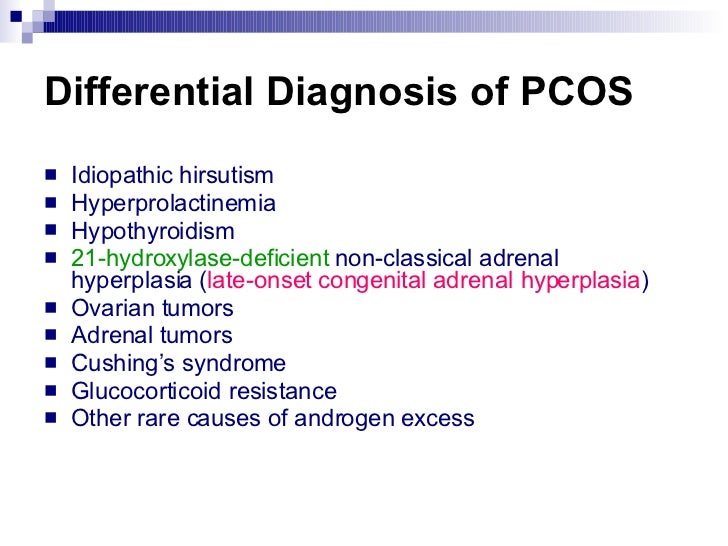


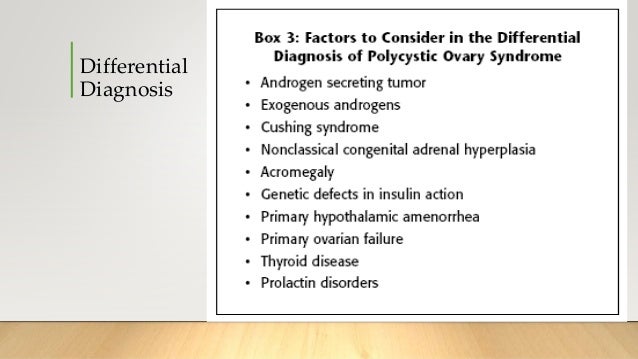

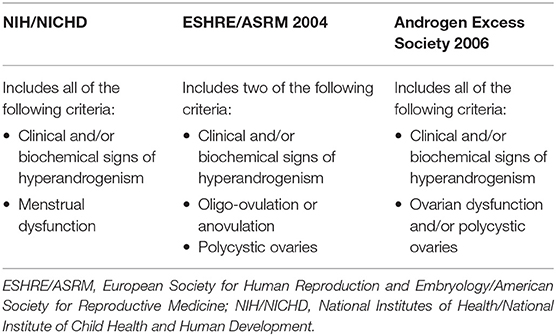




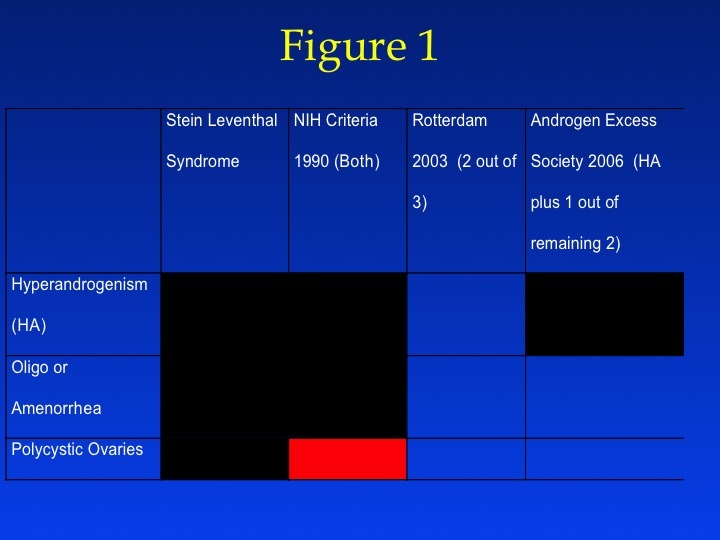

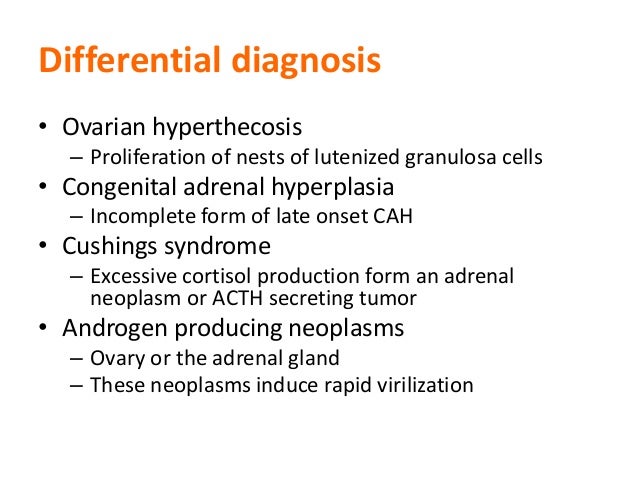
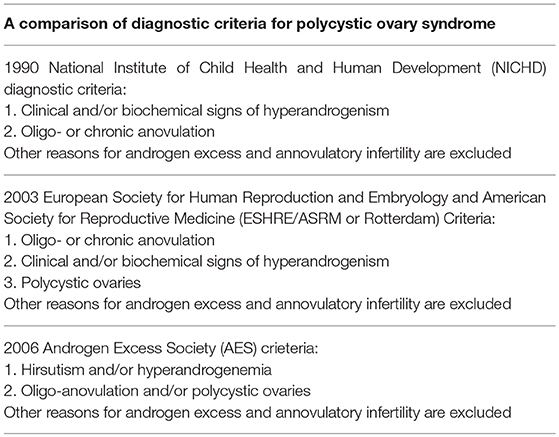



























Post a Comment for "Polycystic Ovarian Syndrome Differential Diagnosis"